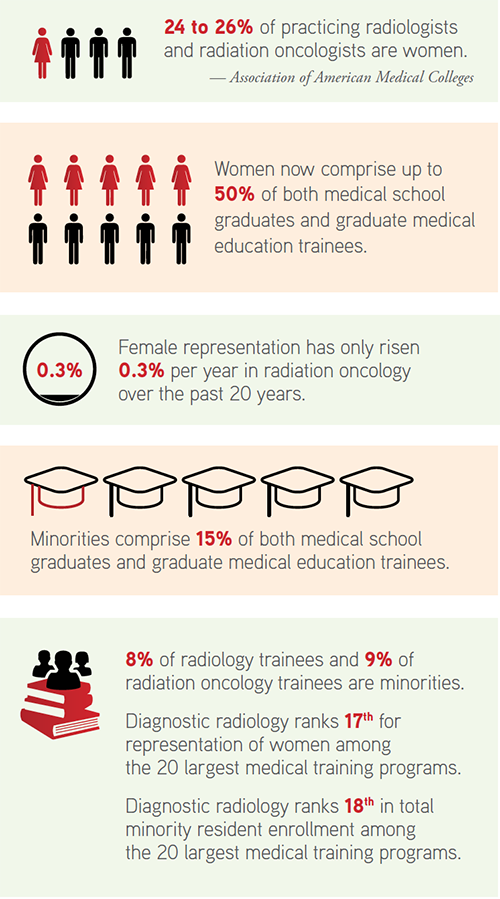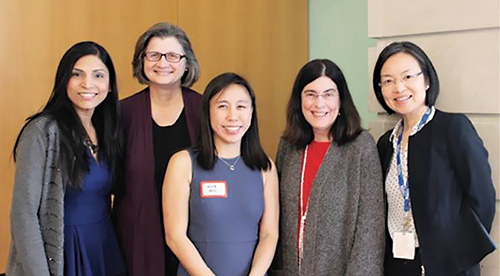The Winding Road to Diversity and Inclusion in Radiology
Experts discuss the barriers and misconceptions to diversity as well as some exciting radiology initiatives
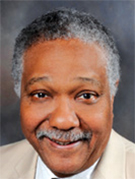
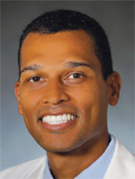
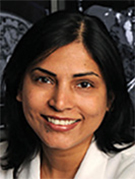
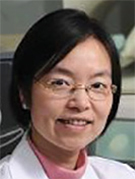
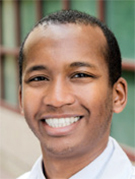
In this first of a series of articles about diversity and inclusion in radiology, RSNA News talked with experts who offer their perspectives about when and how the call for diversity and inclusion in the field originated and discuss the challenges and obstacles to bringing more diverse viewpoints into radiology.
Discussions about diversity and inclusion go all the way back to 1955 when medical colleges acknowledged the lack of African-Americans in medicine. By the late 1960s and early 1970s, the number of African-American students in medical schools had risen from 2.4 percent to 6.3 percent. In 1974, the number of women in medical school was 22.4 percent.
By the late 1990s and early 2000s, there were calls for diversity across the board at medical schools and not just in terms of race and gender.
Today, diversity and inclusion are top-of-mind imperatives for leaders of medical schools where students are treating an increasingly diverse American population, according to Johnson B. Lightfoote, MD, a diagnostic radiologist and medical director for the Department of Radiology at the Pomona Valley Hospital Medical Center, Pomona, CA.
“As medicine moves toward more patient-centered care, not just in radiology, but in all specialties, the workforce needs to reflect the patients we serve — not only in clinical care, but in all aspects of medicine, including research and healthcare access discussions,” Dr. Lightfoote said.
Women now comprise up to 50 percent of both medical school graduates and graduate medical education trainees, while minorities comprise just 15 percent, according to a 2015 study in JAMA Internal Medicine.
For these groups, radiology and radiation oncology rank near the bottom of the largest residency specialties. While women make up approximately 24 to 26 percent of practicing radiologists and radiation oncologists, according to the Association of American Medical Colleges, the number of female radiology trainees has remained stagnant over the past eight years and shows only a subtle 0.3 percent increase per year in radiation oncology over the past 20 years.
Since 1995, there has been minimal improvement in minority trainee representation in radiology, with 8 percent of students in general radiology training and 9 percent in radiation oncology, according to 2016 statistics cited by Dr. Lightfoote.
These slowly rising numbers are a source of concern for Curtiland Deville, MD, associate professor of radiation oncology and molecular radiation sciences, Johns Hopkins Medicine, Baltimore, MD, and clinical director, radiation oncology, Johns Hopkins Kimmel Cancer Center at Sibley Memorial Hospital, Washington, D.C.
“The number of diverse individuals is increasing in medical schools but for reasons that are becoming increasingly clearer, radiology is not a specialty of interest for many of them or is not seen as offering benefits as unique as other specialties,” Dr. Deville said.
Overcoming Misconceptions
While many of the barriers to increasing the number of medical students in radiology are the same for all students — such as lack of early exposure to the specialty — there are common misconceptions that specifically affect women and minority medical students.
Two common misconceptions about the specialty are that radiologists rarely interact with patients and have limited opportunities to provide direct service to the community. According to Dr. Deville, a driving factor for many African-American and Latino students who are considering medical school is whether or not they will be able to give back to their community.
“Community and family play strong roles in these students’ lives,” Dr. Deville said. “Radiology is not seen as having enough community interaction that would benefit the lives of their families and neighbors.”
A lack of female role models and a perception that radiology is a male-dominated profession, have also been noted, especially hindering the ability of female medical students to envision a radiology career path.
Finally, bias, often unconscious or implicit, has been documented in several studies as occurring in radiology, especially when considering promotions, whereby an equally qualified candidate is ranked lower for a position because of gender, race or ethnicity.
While these misconceptions and barriers may seem overwhelming, both Drs. Deville and Lightfoote said that if the need for improved diversity resonates within every practice, training hospital and university, there can be a culture shift that can positively affect both the clinical and business sides of radiology.
“Developing goals and strategies to improve workforce diversity will require an investment by our profession, our academic leaders and our practices,” Dr. Deville said. “It is time to expose women and underrepresented minorities to radiology earlier in their schooling and then engage and support their career growth once they enter the specialty.”
Radiology Initiatives Promote Diversity
While larger, U.S. efforts are moving forward slowly, universities across the country have adopted initiatives to help radiology departments integrate strategies to facilitate a more diverse and inclusive staff.
At the University of Chicago, the Radiology Committee on Diversity was formed to support a university priority to increase diversity in every department.
The committee did ad hoc work in 2012 that revealed a huge gender gap in radiology trainees. Female resident representation was less than 20 percent and, in one year, zero out of eight residents were women.
To help drive more interest, the committee hosts the Radiology Expo, a large-scale lecture and hands-on annual event that exposes all medical students to radiology, hopefully early enough in their education so that they can make an informed decision about the specialty.
“We decided to be more proactive to introduce medical students to radiology, instead of waiting for them to find us during their rotations,” said Radiology Committee on Diversity member Kirti Kulkarni, MD, associate professor of radiology at the University of Chicago.
The Radiology Expo has drawn a diverse roster of attendees. Over the past year, more than 70 students from nine different universities across the midwest have attended with more than 33 percent being women and 22 percent being minorities.
“Mentoring programs and outreach events, like the Radiology Expo, will continue to help equal out diversity across the board, along with support from leadership,” said Zheng Feng Lu, PhD, co-chair of the Radiology Committee on Diversity and a professor of radiology, clinical diagnostic physicist at the University of Chicago. “I hope that those who benefit from these activities will find the energy and desire to pay it forward to the generation after them.”
In 2015, the University of California, San Francisco, (UCSF) formed their Radiology and Biomedical Imaging Diversity Committee that builds upon the university’s system-wide commitment to promoting diversity and inclusion.
UCSF offers the Research Initiative to promote Diversity in Radiology (RIDR), a summer program that provides high school, college and medical students from diverse and underrepresented backgrounds with a paid internship to work with a faculty researcher. Its Radiology Elective to promote Diversity in Radiology (REDR) program offers a travel stipend for medical students outside of UCSF to visit the four major hospitals that make up its system and explore the opportunities available.
“We acknowledge that the numbers of women and minorities in radiology won’t change overnight and that these issues will require sustained attention for years to see meaningful change,” said Matthew Bucknor, MD, chair of the committee and assistant professor in residence in musculoskeletal radiology at UCSF.
Change Will be Gradual
With increased awareness and several creative and effective programs driving interest in radiology training, what are the next steps to further ensuring diversity and representation in radiology?
“Next steps should include meeting potential students where they are, which is online,” Dr. Bucknor said. “Utilizing webinars to address misconceptions that stymie these students and creating online mentorships that showcase a radiology career path could make a huge difference in raising interest and securing recruitment.”
Reaching students early in their careers will be increasingly pivotal, Dr. Lightfoote said.
“Change does not come easy in medicine, but early success inspires continued innovation,” Dr. Lightfoote said. “Placing diversity, representation and inclusion into the core policies and missions of medical organizations and universities will allow us to achieve workforce diversity that meets the needs of our patients and ourselves.”
